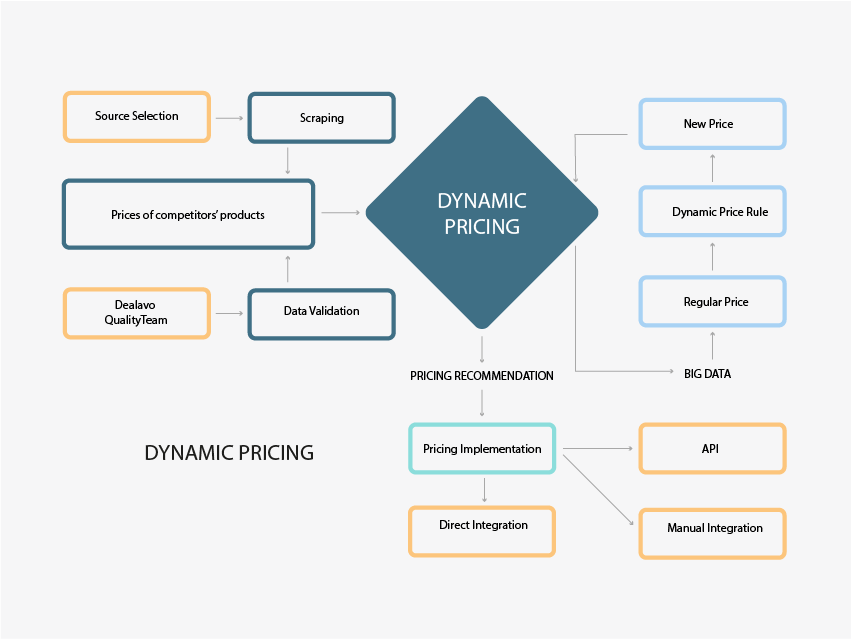For B2B marketers, comprehending and evaluating traffic metrics is like navigating by the stars to steer the ship in the correct path. It goes beyond mere numbers; it involves the insights that inform strategic choices. Whether initiating a new marketing campaign, refining content strategies, or enhancing digital platforms, a solid grasp of your data is imperative. Here’s your handy guide to navigating the seas of analytic tools, sprinkled with just enough lingo to boost your understanding without needing expert knowledge (you’re welcome).
Step 1: Define Key Metrics
What numbers should you be swimming through? Understanding which metrics are critical for your B2B service is the first port of call. For B2B, key metrics might include website traffic (consider organic and paid sources), conversion rates (how many site visitors turn into leads or customers), and lead generation (the quality and quantity of leads generated). These are measurable outcomes of your marketing efforts and serve as your compass.
Remember, the key is to keep it relevant. Don’t get lost in a sea of stars that have little bearing on your specific objectives.
Step 2: Choose Tracking Tools
With your metrics mapped out, it’s time to assemble your measurement toolkit. Google Analytics remains a stalwart for its breadth of data and robust capabilities, but it’s like choosing the right vessel for your voyage — sometimes you’ve got to match the ship with the sea.
For more tailored voyages, consider integrating analytics tools like HubSpot, famous for its inbound marketing focus. Such a tool not only measures your metrics but also assists in the execution of marketing campaigns and gathers data in the context of the customer’s entire buyer’s journey.
Step 3: Setting Up Tracking
Navigating is the next challenge. Integrating your chosen tools with your B2B service platforms is like plotting your course. Both Google Analytics and HubSpot offer clear guides on integration, but the customization—setting up goals, events, custom reports—requires a steady hand.
Once integrated, set sail for your personalized dashboards. Customize them to display the metrics most important to your B2B services. These dashboards are the helm of your analytics ship, giving you a real-time view of your chosen course.
Step 4: Analyzing Data
With your ship sailing, it’s time to chart your progress. Interpreting the data can be like reading the weather for the best fishing spots. Look for patterns and trends. Is there a surge in website traffic after a certain event? Do certain campaigns attract higher-quality leads? Make sure you’re considering the bigger picture, not just a single day’s set of readings. Call King Kong to outperform competitors in this area.
Step 5: Iteration and Optimization
Every voyage encounters unexpected currents. The key to a successful B2B marketing strategy is to use the data you’ve gathered to refine your approach continually. If your analysis indicates a particular marketing channel consistently yields better traffic, invest more resources there. If certain content types lead to higher conversions, replicate and optimize.
Remember, the ocean of data is vast, but the beacon of insight is always worth chasing. With these steps under your belt, you’re one step closer to becoming a chart-topping analyst in the bustling waters of B2B marketing.






